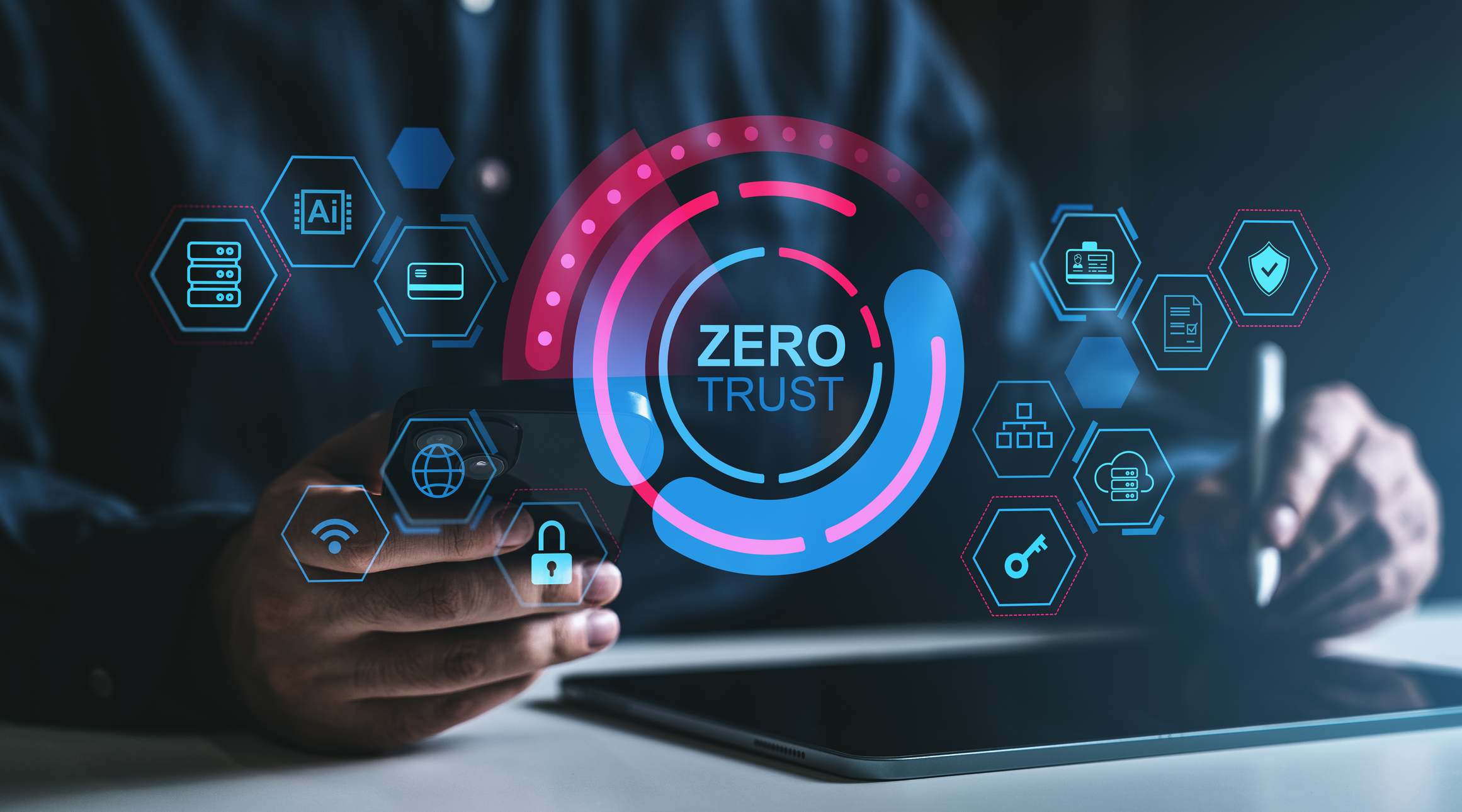Zero Trust Network Access (ZTNA) is rapidly becoming a foundational security model for modern organizations, especially as hybrid work, cloud adoption, and increasingly sophisticated cyberthreats redefine the perimeter of enterprise IT.
Unlike traditional models that grant broad network access once a user is authenticated, ZTNA enforces continuous verification for every access request, regardless of whether a user is inside or outside the network. Access is granted based on context such as user identity, device posture, location, and risk profile. The goal is simple: never trust by default.
Why ZTNA Replaces Legacy Perimeter-Based Security
Traditional network security hinges on a binary trust model, entities inside the network are trusted, and those outside are not. This approach has become ineffective in the face of cloud computing, remote work, and a distributed workforce. Once inside the network, attackers can often move laterally with minimal resistance. ZTNA is designed to eliminate this risk.
By shifting to an identity-centric, least-privilege access model, ZTNA makes it more difficult for attackers to exploit user credentials, pivot across systems, or exfiltrate data.
Core Principles Behind ZTNA
ZTNA is built around three main principles:
- Verify explicitly: Authenticate and authorize based on all available data points, including user identity, device health, location, and behavior.
- Enforce least-privilege access: Limit user access to only the applications or data required for their role.
- Assume breach: Operate under the premise that your environment is already compromised, and minimize impact by restricting access at every layer.
These principles are enforced using a combination of modern technologies like identity and access management (IAM), micro-segmentation, and endpoint posture assessments.
How ZTNA Works: Key Mechanics
ZTNA enforces secure access through continuous, adaptive control mechanisms:
Identity Verification and Device Posture
Access requests begin with verifying who the user is and assessing the state of their device. Multi-factor authentication is common, but device health checks—such as verifying OS patches or the presence of endpoint protection—are equally critical.
Micro-Segmentation
Rather than trusting an entire VLAN or subnet, ZTNA divides the network into isolated segments. Access to each segment is tightly controlled, limiting the blast radius of any potential compromise.
Application-Level Access
Users are granted access to individual applications, not the full network. This ensures attackers can’t scan for additional resources or discover sensitive internal systems.
Continuous Risk Evaluation
ZTNA solutions monitor behavior during the session. If unusual behavior is detected, such as a login from a foreign country or a rapid access pattern, ZTNA can trigger reauthentication or revoke access.
Key Benefits of ZTNA
Adopting a Zero Trust Network Access model brings significant security and operational advantages:
- Reduced attack surface: Resources are invisible to unauthorized users, lowering the chance of discovery or brute-force attacks.
- Minimized lateral movement: Attackers are contained within the limited environment they gain access to, significantly reducing breach impact.
- Improved compliance: Role-based access controls and detailed audit logs make it easier to meet regulations like HIPAA, GDPR, or PCI-DSS.
- Elimination of VPN complexity: ZTNA offers secure remote access without requiring full tunnel VPNs, simplifying user experience and reducing latency.
- Adaptive security: Continuous verification means ZTNA reacts in real time to changes in risk posture or environmental context.
ZTNA vs. VPNs and Legacy Models
Virtual Private Networks (VPNs) offer encrypted tunnels to a trusted network, but once users connect, they often have excessive access. ZTNA replaces this with granular access to only approved applications. VPNs are also difficult to scale and manage, while ZTNA solutions can be deployed with more agility, especially in cloud-native environments.
ZTNA and SASE: A Modern Partnership
Secure Access Service Edge (SASE) integrates networking and security into a cloud-native framework. ZTNA is a critical component of SASE, providing the access control portion of the model.
While SASE handles broader functions such as secure web gateways, firewall-as-a-service, and cloud access security brokers, ZTNA ensures that only authorized users gain application-level access. Together, they offer end-to-end protection and are particularly useful for organizations managing multi-cloud deployments and globally distributed workforces.
Final Thoughts
Zero Trust Network Access is no longer optional for modern enterprises. As cyberattacks become more sophisticated and traditional perimeters fade, ZTNA offers a scalable, identity-driven approach to securing access—without hindering productivity. By adopting ZTNA, organizations can move toward a future where trust is earned, risk is minimized, and secure access becomes the default.
If your organization is considering moving toward Zero Trust or integrating ZTNA into your existing architecture, starting with a proper assessment of your current access model is a critical first step.
How Can Netizen Help?
Netizen ensures that security gets built-in and not bolted-on. Providing advanced solutions to protect critical IT infrastructure such as the popular “CISO-as-a-Service” wherein companies can leverage the expertise of executive-level cybersecurity professionals without having to bear the cost of employing them full time.
We also offer compliance support, vulnerability assessments, penetration testing, and more security-related services for businesses of any size and type.
Additionally, Netizen offers an automated and affordable assessment tool that continuously scans systems, websites, applications, and networks to uncover issues. Vulnerability data is then securely analyzed and presented through an easy-to-interpret dashboard to yield actionable risk and compliance information for audiences ranging from IT professionals to executive managers.
Netizen is an ISO 27001:2013 (Information Security Management), ISO 9001:2015, and CMMI V 2.0 Level 3 certified company. We are a proud Service-Disabled Veteran-Owned Small Business that is recognized by the U.S. Department of Labor for hiring and retention of military veterans.
Questions or concerns? Feel free to reach out to us any time –
https://www.netizen.net/contact



